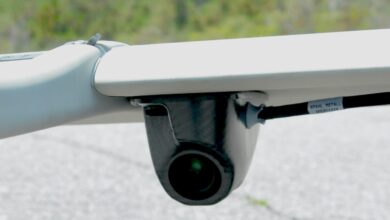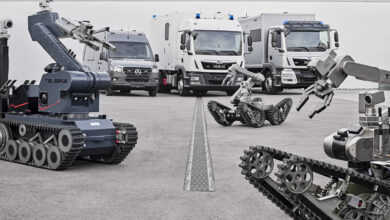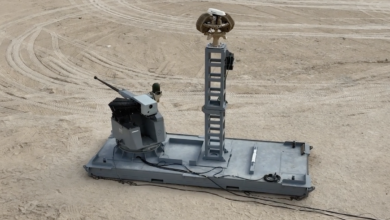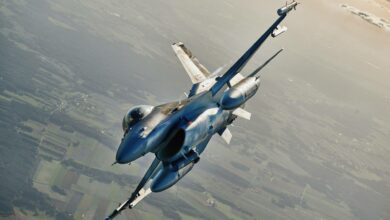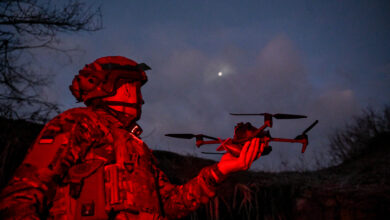The Romanian Naval Forces will acquire MQ-35A V-BAT vertical take-off and landing drones from the US.
A total of two V-BAT systems, each consisting of four drones, will be acquired by the service.
The acquisition, valued at an estimated $30 million, will be made through a government-to-government deal, according to Romanian outlet HotNews, citing sources.
The purchase is part of a broader procurement initiative by the Romanian Navy, which also includes maritime patrol vessels, man-portable anti-aircraft systems, and multifunctional wheeled platforms.
“In 2025, special attention will be paid to the equipment and modernization programs for the Naval Forces, both in the maritime and river components,” HotNews reported, quoting a Romanian Ministry of Defense announcement.
The US has already donated a V-BAT system to the Romanian Navy, valued at around $18 million, with delivery expected by the end of this year.
V-BAT System
The V-BAT system, developed by Shield AI, is capable of performing intelligence, surveillance, reconnaissance, and targeting missions.
It has been selected by the US Army for the Future Tactical Unmanned Aircraft System competition and has been purchased by the US Coast Guard.
The system has also been deployed in Ukraine since last year, where it successfully assisted the Ukrainian military in targeting Russian surface-to-air missile systems.
“They launched from about 40 kilometers (25 miles) from the front, flew 100 kilometers (62 miles) past the front line of troops and then found these SA-11 surface-to-air missiles [on] 11 Buks, targeted them, called in HIMARS airburst rounds,” said Brandon Tseng, president and co-founder of Shield AI.
V-BAT’s reported success in Ukraine has come despite extensive Russian electronic warfare, which has degraded several famed Western weapons such as the Joint Direct Attack Munition, or JDAM.
The system’s resistance to Russian jamming is due to its navigation system, which doesn’t rely on GPS, and its jamming-resistant communication system.
Features
The 125-pound (57-kilogram) system does not require a runway for take-off or landing.
It offers 10 hours of endurance, an operational range of 300 miles (483 kilometers), a radio transmission range of 130 kilometers (81 miles), and a ceiling of 6,100 meters (20,013 feet).
Additionally, efforts are underway to equip the system with laser-guided munitions.




